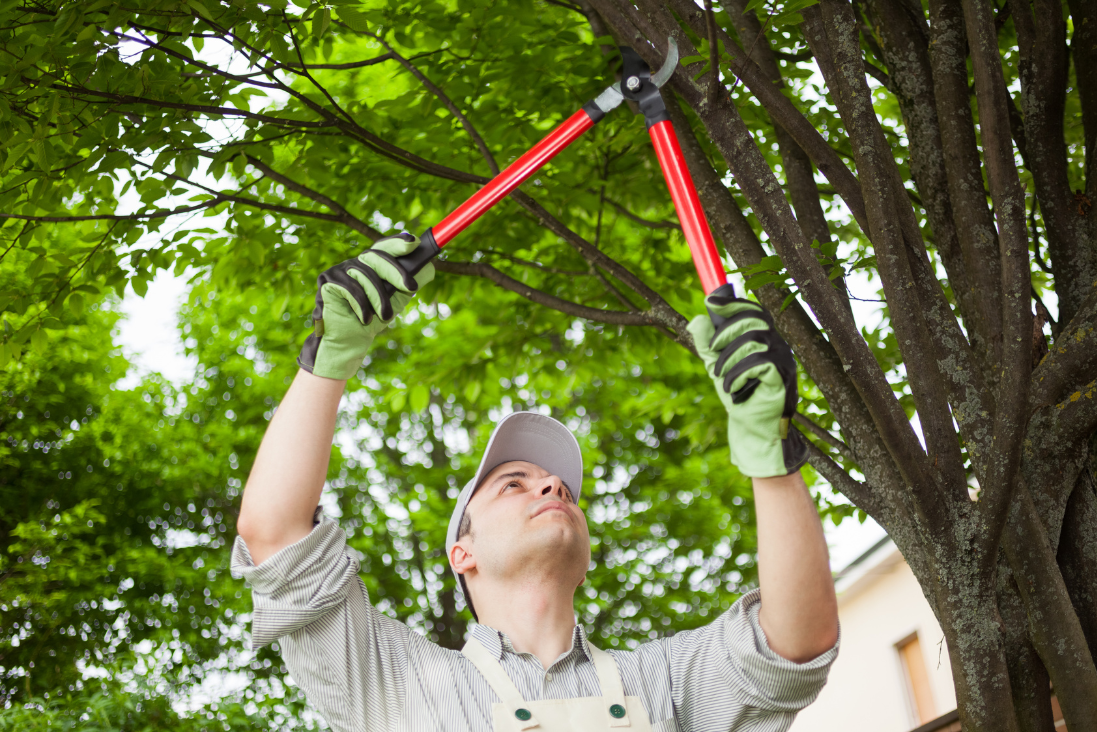The Easiest Tree Pruning Method and Common Mistakes to Avoid

Tree pruning might seem like one of those tasks best left to experts, especially if you’re not too keen on the idea of cutting branches off a perfectly healthy tree. But if you’ve got a tree in your yard and you’re hoping to keep it healthy and fruitful, learning how to prune it correctly is a game changer. It’s not as intimidating as it sounds, and once you get the hang of it, it can be oddly satisfying. Think of it as giving your tree a much-needed haircut, ensuring it grows in all the right directions, stays strong, and produces the best possible fruit or foliage. But just like haircuts, there’s a right way to do it—and plenty of ways to mess it up.
Related: What is Pruning and How to Do It Correctly
What Is Tree Pruning and Why Is It Important?
Tree pruning is more than just cutting off branches. It’s about making strategic cuts that encourage your tree to grow in a way that’s healthy and aesthetically pleasing. The keyword here is “strategic”—because every cut you make will impact how your tree grows. There are essentially two types of cuts you need to know: thinning cuts and heading cuts.
Thinning cuts involve removing entire branches back to their point of origin, which helps open up the tree’s canopy, allowing light and air to flow through. This type of pruning is crucial for preventing disease and promoting healthy growth throughout the tree. By thinning out crowded areas, you also help ensure that the remaining branches have enough room to grow strong and sturdy.
Heading cuts, on the other hand, are made by cutting back a portion of a branch, typically just above a bud. This type of cut encourages the branch to grow out in a new direction, which can help shape the tree and stimulate growth in specific areas. Heading cuts are particularly useful for young trees when you’re trying to establish their overall structure.
The Easiest Tree Pruning Method
Pruning a tree, it’s all about simplicity and understanding what your tree needs. The key is to focus on the tree’s overall health and structure rather than getting caught up in details. Here’s how you can approach it:
The first step in any pruning job is to remove any branches that are dead, diseased, or damaged. These branches can be identified by their lack of leaves, brittle texture, or visible signs of disease such as fungus or rot. Removing these first not only helps prevent the spread of disease but also makes it easier to see the tree’s structure as you move forward with the pruning process.
Once you’ve removed the dead wood, the next step is to thin out the canopy. Look for branches that are crossing, rubbing against each other, or growing inward toward the center of the tree. These branches can create congestion in the canopy, reducing airflow and light penetration, which can lead to disease. Use thinning cuts to remove these branches entirely, cutting them back to their point of origin.
After thinning, it’s time to shape the tree with heading cuts. This involves shortening some of the remaining branches to encourage growth in the desired direction. Look for buds that are pointing in the direction you want the branch to grow and make your cut just above that bud. This will help the tree develop a strong, balanced structure.
After making your cuts, step back and take a look at the tree from a distance. This will give you a better sense of the overall shape and whether there are any additional adjustments you need to make. It’s easy to get caught up in the details when you’re up close, so taking a step back can help you see the bigger picture.
Common Tree Pruning Mistakes to Avoid
While tree pruning might seem straightforward, there are a few mistakes that can cause problems down the line:
1. Over-pruning: One of the most common mistakes is getting too enthusiastic with the pruning shears. While it’s important to remove dead and diseased wood, cutting back too much healthy growth can stress the tree and limit its ability to produce leaves and fruit. A good rule of thumb is to avoid removing more than 25% of the tree’s canopy in a single year.
2. Topping: It’s the practice of cutting back the main branches of a tree to stubs, often to reduce its height. While this might seem like a quick fix, it can actually do more harm than good. Topping weakens the tree, makes it more susceptible to disease, and can lead to unsightly, uncontrolled growth as the tree tries to recover.
3. Making improper cuts: When making cuts, it’s important to avoid cutting too close to the trunk (flush cuts) or leaving too much of a stub behind. Both of these mistakes can interfere with the tree’s natural healing process. Instead, aim to make your cuts just outside the branch collar—the swollen area where the branch meets the trunk.
4. Ignoring the tree’s natural shape: Every tree has its own natural growth pattern, and your goal should be to work with that pattern rather than against it. Avoid trying to force the tree into a shape that doesn’t suit its natural form. Instead, focus on enhancing its existing structure by removing problem branches and encouraging balanced growth.
5. Pruning at the wrong time: Timing is everything when it comes to pruning. While some trees can be pruned at any time of year, others are best pruned during their dormant season (usually late winter) to avoid stress and disease. Make sure you know what’s best for your specific tree before you start cutting.